






5-Star Service, Trusted & Loved by Hundreds
Your Appraiser Search Ends Here
Your Appraiser Search Ends Here
.avif)

Nationwide Coverage – Appraisals Anywhere in the US

Get it done Onsite or Online

Any Asset, Covered

Defensible for Any Purpose
Frequently Asked
Questions
No Frequently Asked Questions Found.
The essential mechanism involves policyholders paying regular premiums in exchange for financial protection against predefined potential losses. This risk management strategy allows people and organizations to navigate uncertain circumstances with greater confidence and stability.
Coverage operates across multiple dimensions, addressing diverse potential scenarios ranging from property damage to personal liability. The breadth and depth of protection depend entirely on the specific policy's terms, which outline precisely what circumstances and financial losses are eligible for compensation.
When evaluating insurance coverage, individuals must carefully assess their unique risk profile, considering factors like personal assets, potential liabilities, and financial vulnerabilities. Different types of insurance—such as property, health, auto, and liability policies—offer targeted protections designed to address specific potential challenges.
The value of comprehensive insurance coverage extends beyond immediate financial compensation. It provides psychological reassurance, enabling policyholders to pursue personal and professional activities with reduced anxiety about potential catastrophic losses. By strategically transferring risk, individuals can maintain financial resilience even when unexpected events occur.
Understanding policy details becomes paramount in maximizing coverage effectiveness. Policyholders should meticulously review limitations, exclusions, deductibles, and coverage limits to ensure their protection aligns precisely with their individual needs and potential risk exposures.
The primary purpose of an insurance coverage appraisal is to establish an accurate and current value of insured items. This valuation serves as a crucial benchmark for determining appropriate coverage levels and potential reimbursement in the event of loss or damage. Without a professional appraisal, policyholders risk significant financial vulnerability.
Accurate appraisals offer multiple strategic advantages. They help prevent underinsurance by revealing potential gaps between current market value and existing policy limits. Property values fluctuate continuously, and what was an appropriate coverage amount years ago may now be substantially different. Regular professional assessments ensure that insurance protection remains aligned with actual asset values.
For specialty items like fine art, jewelry, antiques, and unique collections, standard insurance valuations often fall short. Professional appraisals provide nuanced assessments that capture the true worth of these distinctive assets. This becomes particularly important when standard valuation methods cannot adequately capture an item's intrinsic or market value.
Moreover, a comprehensive appraisal serves as an objective documentation tool. In potential claim scenarios, these professional evaluations provide credible evidence supporting the claimed value of damaged or lost property. This documentation can be instrumental in expediting claims processes and preventing disputes between policyholders and insurance providers.
Beyond immediate insurance considerations, appraisals offer valuable insights into market trends and asset appreciation. They help policyholders make informed decisions about insurance coverage, potential investments, and long-term asset management strategies.
Ultimately, an insurance coverage appraisal is more than a bureaucratic requirement—it's a strategic financial tool. By providing precise, current valuations, these assessments empower property owners to protect their assets effectively and navigate potential risks with confidence.
Professional appraisers conduct an in-depth examination considering key factors such as age, condition, craftsmanship, materials, and historical significance. They carefully assess the furniture's physical characteristics, including the quality of construction, original materials, and overall preservation state. Specific design elements like wood type, joinery techniques, surface finishes, and manufacturing methods play crucial roles in determining value.
The appraisal process extends beyond visual inspection, incorporating extensive research into comparable market sales, auction records, and current collector trends. Appraisers analyze historical context, examining how specific design periods, manufacturers, and artistic movements impact a piece's desirability and potential financial value. Unique provenance, rare design elements, and original condition can dramatically influence an item's overall appraisal.
Expertise in furniture history, materials science, and market dynamics allows appraisers to provide nuanced, accurate valuations that reflect both the item's intrinsic qualities and its current market positioning. This comprehensive approach ensures a thorough and precise assessment that goes well beyond simple visual estimation.
The online appraisal process is designed to be both flexible and comprehensive. Clients are usually required to provide extensive information about their furniture, including precise dimensions, manufacturing details, current condition, age, and any distinctive characteristics that might influence its value. High-quality, multiple-angle photographs are crucial for enabling appraisers to make accurate assessments.
Advanced technological platforms now support various interactive appraisal methods. Live video consultations through platforms like Zoom or Skype enable real-time communication, allowing appraisers to request additional visual information or ask specific questions about the item. This interactive approach helps bridge the gap between traditional in-person assessments and remote evaluations.
Remote appraisals offer significant advantages, particularly for individuals with scheduling constraints, mobility limitations, or geographical challenges. Clients can undergo professional furniture valuations from the comfort of their home, eliminating the need for complicated logistical arrangements or transportation of potentially fragile items.
While online appraisals provide remarkable convenience, clients should understand that the accuracy of the assessment depends heavily on the quality and comprehensiveness of the information submitted. Clear, well-lit photographs and detailed, honest descriptions are essential for obtaining a reliable valuation.
The digital appraisal landscape continues to evolve, with professionals leveraging sophisticated technologies to deliver precise and trustworthy evaluations. For those seeking a convenient, efficient approach to understanding their furniture's value, online appraisals represent a modern solution to traditional valuation challenges.
Antique furniture appraisers represent a critical subset of this profession, focusing on pieces with significant historical value. They possess deep knowledge of period-specific design elements, manufacturing techniques, and cultural influences. Their expertise allows them to authenticate and precisely value items over a century old, distinguishing genuine antiques from skillful reproductions.
Contemporary furniture appraisers specialize in more recent designs, tracking current market trends and understanding the nuanced value of modern pieces. These professionals are particularly adept at evaluating furniture from the past few decades, considering factors like designer reputation, manufacturing quality, and current aesthetic preferences.
Collectible furniture appraisers occupy a unique niche, concentrating on pieces that hold special significance within collector communities. They understand the complex ecosystem of collector markets, assessing value based on rarity, historical importance, and desirability among specialized enthusiasts.
Specialty furniture appraisers develop deep expertise in specific styles or categories, such as mid-century modern or artisan-crafted pieces. Their targeted knowledge allows for precise valuations that consider the subtle characteristics unique to particular design movements or crafting traditions.
Furniture restoration appraisers bring technical insight into how preservation and restoration impact an item's value. They evaluate the potential and limitations of restoring a piece, providing critical guidance on maintaining or enhancing its market worth through careful intervention.
Selecting the right appraiser requires careful consideration of the specific furniture in question and the purpose of the valuation, ensuring a comprehensive and accurate assessment.
Insurance documentation represents a primary driver for obtaining furniture appraisals. Comprehensive valuations ensure homeowners can secure appropriate coverage and expedite claims processes in the event of loss, theft, or damage. Precise documentation becomes instrumental in protecting significant investments and providing clear evidence of an item's worth to insurance providers.
Estate planning and legal proceedings also benefit substantially from professional furniture appraisals. When distributing assets among heirs, accurate valuations help create equitable divisions and minimize potential familial conflicts. These assessments provide transparent, objective information about furniture's market value, facilitating smoother inheritance transitions and legal settlements.
Charitable donations involving high-value furniture require professional appraisals to validate tax deduction claims. When furniture exceeds certain monetary thresholds, documented assessments become essential for substantiating donation values and maximizing potential tax benefits.
Divorce proceedings frequently rely on furniture appraisals to determine fair property division. Professional evaluations offer neutral, fact-based assessments that help reduce emotional tension and streamline settlement negotiations by providing clear, defensible property values.
Collectors and antique enthusiasts particularly benefit from professional appraisals, gaining insights that inform purchasing, selling, and maintaining valuable collections. Understanding precise market values empowers informed decision-making and prevents potential financial misjudgments.
Ultimately, furniture appraisals represent more than simple monetary assessments. They provide comprehensive insights that protect financial interests, facilitate legal processes, and offer peace of mind across numerous personal and professional contexts.
Furniture appraisals are quoted on a project-by-project basis. These appraisals can be completed with in-person and online methods; in-person appraisals will sometimes include travel fees, when applicable.
What Makes Furniture Appraisal Critical for Insurance Protection?
Furniture appraisal is a strategic process that plays a critical role in comprehensive insurance protection, offering homeowners a proactive approach to safeguarding their valuable possessions. Understanding the nuanced importance of furniture valuation can help prevent potential financial challenges during unexpected events.
Key Benefits of Professional Furniture Appraisal
- Precise Insurance Coverage
Professional appraisals enable homeowners to secure insurance policies that accurately reflect their furniture's true value. This precision prevents both over-insurance and dangerous under-insurance scenarios.
- Claims Validation and Support
A comprehensive, professional appraisal provides irrefutable documentation during insurance claims. Detailed reports serve as critical evidence, ensuring fair compensation and reducing potential disputes with insurance providers.
- Dynamic Market Value Tracking
Furniture values are not static. Regular professional appraisals help track market fluctuations, condition changes, and evolving desirability, allowing timely adjustments to insurance coverage.
- Specialized Item Recognition
Unique furniture pieces—particularly antiques, collectibles, or custom-made items—require specialized valuation expertise. Professional appraisers can accurately assess these items' intrinsic and market values.
- Comprehensive Replacement Strategy
An expert appraisal establishes precise reinstatement costs, helping homeowners understand exactly what resources would be required to replace damaged or lost furniture with equivalent quality and style.
Long-Term Protection and Confidence
Beyond immediate financial considerations, furniture appraisal offers something equally valuable: peace of mind. By understanding and documenting your possessions' true value, you create a robust safety net that provides emotional and financial security.
A strategic approach to furniture appraisal transforms insurance from a mere transaction into a comprehensive protection strategy, ensuring that your cherished possessions are effectively safeguarded against potential risks.
Navigating Insurance Coverage: The True Value of Your Furniture
Navigating insurance coverage for your furniture requires a comprehensive understanding of valuation factors that significantly impact your potential compensation. A precise furniture appraisal is essential to bridging potential financial gaps during unexpected loss or damage scenarios.
Key Valuation Factors for Insurance Coverage
When determining the true value of your furniture, several critical elements must be carefully considered:
- Condition Assessment: The physical state of furniture directly influences its monetary value. Well-maintained pieces preserve higher resale potential compared to items showing extensive wear or damage.
- Age and Rarity Evaluation: Antique or unique furniture pieces can command premium market prices. Identifying whether an item qualifies as a collectible is crucial for accurate valuation.
- Market Dynamics: Furniture values fluctuate based on current design trends, consumer demand, and broader economic conditions. Professional appraisers analyze these dynamic market factors to determine precise current value.
- Materials and Craftsmanship Analysis: The quality of construction and materials significantly impact overall worth. Handcrafted items or furniture constructed from premium materials typically retain higher values.
Benefits of Professional Furniture Appraisal
A professional appraisal offers multiple advantages in insurance coverage contexts:
- Provides a detailed, documented assessment of furniture value
- Facilitates smoother insurance claim processes
- Ensures accurate replacement cost documentation
- Protects against potential underinsurance
Documentation Importance
Comprehensive appraisal documentation serves as a critical tool when navigating insurance claims. A recent, professional valuation report substantiates your furniture's worth, enabling more effective negotiations and ensuring fair settlement opportunities.
By understanding these valuation nuances, homeowners can make informed decisions about insurance coverage, effectively protecting their valuable furniture investments against potential financial uncertainties.
Which Furniture Pieces Qualify for Insurance Valuation?
Understanding Furniture Pieces That Qualify for Insurance Valuation
When it comes to insurance coverage, not all furniture pieces are treated equally. Understanding which items qualify for appraisal is crucial for protecting your valuable possessions and ensuring comprehensive coverage in the event of loss, theft, or damage.
Key Categories of Furniture for Insurance Valuation
- Antiques and Collectibles
Furniture with historical or rare significance often requires specialized insurance assessment. This includes:
- Victorian-era chairs
- Mid-century modern tables
- Vintage dressers
- Pieces with unique craftsmanship
These items typically hold substantial value due to their age, craftsmanship, and rarity.
- High-End Designer Furniture
Luxury brand and designer pieces demand special consideration, such as:
- Designer chairs (e.g., Eames)
- Premium brand furniture
- High-quality leather sofas
- Specialized designer collections
These items can appreciate in value and often require separate insurance coverage.
- Custom-Made Furniture
Tailored pieces with unique characteristics may exceed standard insurance valuations, including:
- Furniture designed for specific spaces
- Pieces with specialty materials
- Custom-crafted items with intricate workmanship
- Professional and Home Office Furniture
High-quality workspace furniture often requires specific insurance considerations:
- Ergonomic office chairs
- Modular desk systems
- Professional-grade conference tables
- Specialized workspace equipment
- Family Heirlooms
Pieces with significant sentimental and potential monetary value deserve careful insurance assessment:
- Generational furniture
- Items with deep family history
- Preserved vintage pieces
Important Considerations
Identifying and appraising valuable furniture is a critical step in protecting your investment. Factors that influence insurance valuation include:
- Current market value
- Condition of the piece
- Rarity and historical significance
- Original craftsmanship
- Provenance and documentation
By understanding which furniture pieces qualify for detailed insurance valuation, you can take proactive measures to secure comprehensive protection for your most valuable possessions.
Decoding Furniture Valuation: Key Factors Insurers Examine
Understanding Furniture Valuation for Insurance Purposes
Furniture appraisal for insurance coverage is a nuanced process that requires careful evaluation of multiple critical factors. By comprehensively analyzing these key elements, insurers can accurately determine the true value of household furniture.
Key Valuation Factors
- Age and Condition
The age of furniture dramatically influences its valuation. Critical considerations include:
- Antique and vintage items often have higher intrinsic value
- Excellent condition significantly increases potential worth
- Visible wear or damage can substantially decrease value
- Brand and Craftsmanship
Manufacturing quality plays a pivotal role in furniture valuation:
- Pieces from renowned brands command higher prices
- Handmade and custom-designed furniture can be more valuable
- Unique artistry and exceptional craftsmanship increase desirability
- Material Quality
Construction materials directly impact furniture value:
- Solid wood, high-quality metals, and rare fabrics elevate worth
- Sustainable materials can enhance potential value
- Synthetic or lower-grade materials may reduce appraisal value
- Rarity and Market Demand
Market dynamics significantly influence furniture valuation:
- Limited-edition pieces often appreciate in value
- Designer collaborations can create unique investment opportunities
- Current market trends play a crucial role in determining worth
- Provenance and Historical Significance
The background of a piece can substantially impact its value:
- Origin and manufacturing location matter
- Previous ownership can increase collectible appeal
- Historical connections may dramatically enhance valuation
Comprehensive Appraisal Approach
A thorough furniture appraisal requires careful consideration of these interconnected factors. Homeowners should work closely with professional appraisers to ensure their insurance coverage accurately reflects the true value of their furniture collection.
By understanding these critical valuation elements, individuals can protect their valuable furniture assets and secure appropriate insurance coverage.
The Step-by-Step Guide to Professional Furniture Appraisal
A professional furniture appraisal is a critical process for accurately determining the value of your furniture, especially for insurance coverage purposes. Proper valuation ensures comprehensive protection and streamlines potential insurance claims.
Comprehensive Furniture Appraisal Process
Step 1: Identify Furniture for Appraisal
- Create a detailed inventory of furniture pieces to be appraised
- Document key details for each item:
- Current condition
- Brand or manufacturer
- Age of the piece
- Unique characteristics or features
Step 2: Understand Appraisal Standards
- Research professional appraisal methodologies
- Learn about evaluation criteria, including:
- Current market trends
- Item rarity
- Historical significance
- Condition assessment
Step 3: Select a Qualified Appraiser
- Verify professional credentials
- Look for membership in reputable appraisal organizations
- Confirm specialized expertise in furniture valuation
- Check for demonstrated understanding of market dynamics
Step 4: Prepare for the Appraisal
- Schedule a comprehensive inspection
- Gather supporting documentation:
- Original purchase receipts
- Certificates of authenticity
- Previous appraisal reports
- Provenance information
- Prepare the furniture for thorough examination
Step 5: Analyze the Appraisal Report
- Carefully review the detailed appraisal document
- Verify key components:
- Detailed item descriptions
- Comprehensive valuation
- Comparable sales data
- Condition assessment
- Confirm accuracy of reported information
Step 6: Update Insurance Coverage
- Contact your insurance provider
- Share the professional appraisal report
- Update policy to reflect current valuations
- Ensure comprehensive protection for your furniture
By following these systematic steps, you can obtain an accurate and reliable furniture appraisal that provides crucial protection for your valuable possessions.
How to Select the Right Furniture Appraiser for Your Insurance Needs
Selecting the Right Furniture Appraiser: A Comprehensive Guide
Protecting your furniture through insurance requires careful selection of a qualified appraiser. Consider these critical factors to ensure accurate valuations and seamless insurance coverage:
1. Verify Professional Credentials
- Seek appraisers certified by reputable organizations such as:
- American Society of Appraisers (ASA)
- International Society of Appraisers (ISA)
- Look for certifications that demonstrate commitment to professional standards
- Verify current membership and standing in professional associations
2. Assess Specialized Furniture Expertise
- Prioritize appraisers with deep specialization in furniture valuation
- Evaluate their understanding of:
- Market trends
- Antique valuations
- Current pricing models
- Request case studies or professional references demonstrating past work
3. Evaluate Industry Knowledge
- Confirm the appraiser's comprehensive understanding of:
- Different furniture styles and design movements
- Historical context of various furniture pieces
- Current market conditions affecting furniture value
- Ability to provide nuanced, well-researched valuations
4. Prioritize Clear Communication
- Choose an appraiser who can:
- Explain valuation methods transparently
- Answer questions comprehensively
- Provide detailed, easy-to-understand reports
- Build trust through open and professional communication
5. Match Appraisal Scope to Your Needs
- Discuss specific insurance coverage requirements
- Identify appraisers specializing in your furniture type:
- Antiques
- Modern designs
- Collectible pieces
- Ensure complete and accurate coverage for your entire collection
By carefully considering these key factors, you can confidently select a furniture appraiser who will provide accurate, comprehensive valuations to protect your valuable possessions.
Avoiding Costly Mistakes in Furniture Insurance Appraisals
When seeking insurance coverage for furniture, accuracy in appraisal is crucial to avoid potential financial pitfalls. Property owners frequently underestimate their furniture's true value, overlooking key factors that can significantly impact insurance protection.
Key Strategies for Accurate Furniture Appraisal
Understand Complex Value Determinants
- Recognize multiple value-influencing factors:
- Brand reputation
- Historical age
- Current condition
- Provenance and origin
- Engage certified appraisers specializing in furniture valuation
- Gain professional insights into nuanced market trends and appreciation potential
Comprehensive Documentation
- Capture high-resolution photographs of each furniture piece
- Collect and preserve:
- Original purchase receipts
- Manufacturer warranties
- Certificates of authenticity
- Restoration records
- Establish clear evidence of ownership and piece condition
Strategic Valuation Approaches
- Focus on replacement cost, not just market value
- Calculate comprehensive replacement expenses
- Consider potential differences between resale and replacement pricing
Proactive Insurance Management
- Conduct periodic insurance coverage reviews
- Update appraisals to reflect:
- Market fluctuations
- Design trends
- Collectible status changes
- Mitigate risk of being underinsured
By adopting an informed and strategic approach to furniture appraisal, owners can secure comprehensive insurance protection, safeguarding their valuable possessions against potential financial losses.
When and How Often Should You Update Your Furniture Appraisal?
When to Update Your Furniture Appraisal
Keeping your furniture appraisal current is essential for protecting your valuable possessions and ensuring appropriate insurance coverage. Several key moments warrant a comprehensive review:
Critical Triggers for Furniture Appraisal Updates
- Significant Value Changes: New furniture acquisitions or substantial upgrades, especially high-value items like antiques or designer pieces, necessitate a reassessment. These items can experience dramatic value fluctuations over time.
- Market Dynamics: Economic conditions, design trends, and inflation can impact furniture valuations. Periodic reassessments help align your coverage with current fair market values.
- Insurance Policy Transitions: Switching insurance providers or policy types requires an accurate, current appraisal to ensure proper coverage and documentation.
- Coverage Limit Modifications: Significant changes to your policy's coverage limits demand a thorough review of your furniture's current value.
Recommended Update Frequency
- Standard Recommendation: Update your furniture appraisal every 3 to 5 years to account for market changes and potential item depreciation.
- Life Event Triggers: Major personal transitions such as relocation, inheritance, or significant purchases should immediately prompt a reassessment.
- Annual Review: Conduct a preliminary review annually to track new additions or notable changes in your furniture collection.
Proactive appraisal management ensures comprehensive protection for your most valuable household assets, providing peace of mind and financial security.
Essential Documentation for Comprehensive Furniture Insurance Coverage
Securing adequate insurance coverage for your furniture requires meticulous documentation. By systematically preparing essential records, you can ensure your policy accurately reflects the true value of your possessions.
Critical Documentation Components
1. Comprehensive Furniture Inventory
- Create a detailed list of all furniture items
- Include precise descriptions, dimensions, and unique features
- Document purchase date and original price
- Organize inventory electronically and maintain physical backup copies
2. Professional Photographic Documentation
- Capture high-resolution photographs from multiple angles
- Photograph close-up details of distinguishing marks
- Include images highlighting furniture condition
- Ensure clear lighting and neutral backgrounds
3. Financial and Ownership Verification
- Preserve original purchase receipts and invoices
- Collect documentation for inherited or second-hand items
- Maintain proof of ownership for each piece
4. Professional Appraisal Reports
- Obtain formal appraisal from qualified professional
- Ensure report details current market value
- Include assessment of condition and comparable market sales
5. Maintenance and Preservation Records
- Document all repair and maintenance work
- Keep receipts for restoration or conservation efforts
- Track furniture's preservation history
6. Insurance Policy Understanding
- Review current insurance policy thoroughly
- Identify specific furniture coverage parameters
- Note any exclusions or limitation clauses
Comprehensive documentation serves two critical purposes: it facilitates accurate insurance coverage and maximizes potential compensation in case of loss or damage. Investing time in methodical record-keeping provides invaluable protection for your valuable furniture collection.
Replacement Cost vs. Actual Cash Value: Understanding the Difference
When it comes to furniture appraisal for insurance coverage, understanding the nuanced differences between "Replacement Cost" and "Actual Cash Value" is crucial for homeowners and businesses seeking comprehensive protection for their valuable assets.
What is Replacement Cost?
Replacement Cost represents the expense required to replace an item with a comparable new equivalent, without factoring in depreciation or wear and tear. Key characteristics include:
- Full cost of purchasing a new, similar item
- Disregards current condition of original item
- Provides complete financial restoration
Example Scenario
Consider a sofa originally purchased for $2,000 five years ago. If damaged today, replacement cost coverage would fund a brand-new equivalent sofa, potentially costing $2,500, ensuring complete restoration without out-of-pocket expenses.
Understanding Actual Cash Value (ACV)
Actual Cash Value takes a different approach by calculating an item's current market worth, accounting for depreciation and existing condition. Notable features include:
- Considers item's age and wear
- Provides compensation based on current market value
- Typically results in lower reimbursement
Comparative Example
Using the same sofa scenario, ACV would evaluate its current worth at $1,200, reflecting depreciation and wear. This means you would receive significantly less compensation compared to replacement cost coverage.
Making an Informed Decision
Selecting between Replacement Cost and Actual Cash Value involves carefully weighing several critical factors:
- Total value of your furniture and possessions
- Potential financial impact of partial reimbursement
- Premium costs associated with different coverage types
- Long-term financial protection goals
Understanding these nuanced insurance valuation methods empowers you to make strategic decisions that align with your financial security and asset protection needs.
Your Most Pressing Furniture Appraisal Questions Answered
When considering furniture appraisal for insurance coverage, understanding the nuanced process is crucial. Appraisals play a critical role in determining the actual value of your furniture, ensuring comprehensive protection against potential loss, theft, or damage.
Essential Questions About Furniture Appraisals
Why Do I Need a Furniture Appraisal?
Insurance policies require precise documentation to provide adequate coverage. Many homeowners unknowingly underestimate their furniture's value, which can lead to significant financial risks. A professional appraisal offers:
- Accurate documentation of item value
- Precise insurance coverage alignment
- Protection against potential underinsurance
What Factors Influence Furniture Value?
Multiple elements contribute to a furniture piece's worth:
- Age and historical significance
- Current condition
- Brand and manufacturer
- Craftsmanship and materials
- Market demand and current trends
Antique or designer pieces might appreciate, while mass-produced items typically depreciate over time.
How Frequently Should Furniture Be Appraised?
Recommended appraisal frequency depends on several factors:
- Standard recommendation: Every 3-5 years
- After significant acquisitions
- Following major restorations
- When market conditions dramatically shift
Types of Furniture Appraisals
Two primary appraisal approaches exist:
- Full Appraisal: Comprehensive in-person evaluation including detailed descriptions and professional photographs
- Desk Appraisal: Remote assessment using client-provided information and market research
Selecting the appropriate appraisal method depends on specific insurance requirements and the complexity of your furniture collection.
By understanding these critical aspects, you can ensure your furniture is accurately valued and comprehensively protected under your insurance coverage.
Protecting Your Assets: The Final Word on Furniture Insurance Appraisals
Understanding the Importance of Furniture Appraisals for Insurance Protection
Furniture is far more than just functional decor—it represents significant financial and emotional investments that deserve comprehensive protection. Whether you own treasured family heirlooms, designer pieces, or everyday furniture, a professional appraisal is crucial for comprehensive insurance coverage.
Why Furniture Appraisals Matter
- Accurate Valuation: Provides a documented, professional assessment of your furniture's true market value
- Claims Support: Streamlines insurance claim processes during theft, damage, or loss
- Dispute Prevention: Offers an independent, credible valuation to support potential insurance claims
Key Components of a Professional Furniture Appraisal
- Comprehensive Assessment: Evaluates multiple factors including:
- Current market trends
- Piece condition
- Age and historical significance
- Rarity and unique characteristics
- Detailed Documentation: Professional report outlining precise valuation methods and findings
- Expert Verification: Conducted by certified professionals specializing in furniture valuation
Maintaining Your Insurance Protection
Regular appraisal updates are essential for maintaining accurate insurance coverage. Market conditions, furniture condition, and potential damage can significantly impact value over time. Experts recommend reassessing your furniture's value every 3-5 years to ensure:
- Adequate coverage limits
- Prevention of underinsurance
- Accurate replacement cost documentation
The Bottom Line
Furniture appraisals represent more than a procedural requirement—they are a strategic approach to protecting your valuable assets. By investing in professional, thorough assessments, you gain peace of mind and financial security against potential losses.
View all Locations
BEST-IN-CLASS APPRAISERS, CREDENTIALED BY:







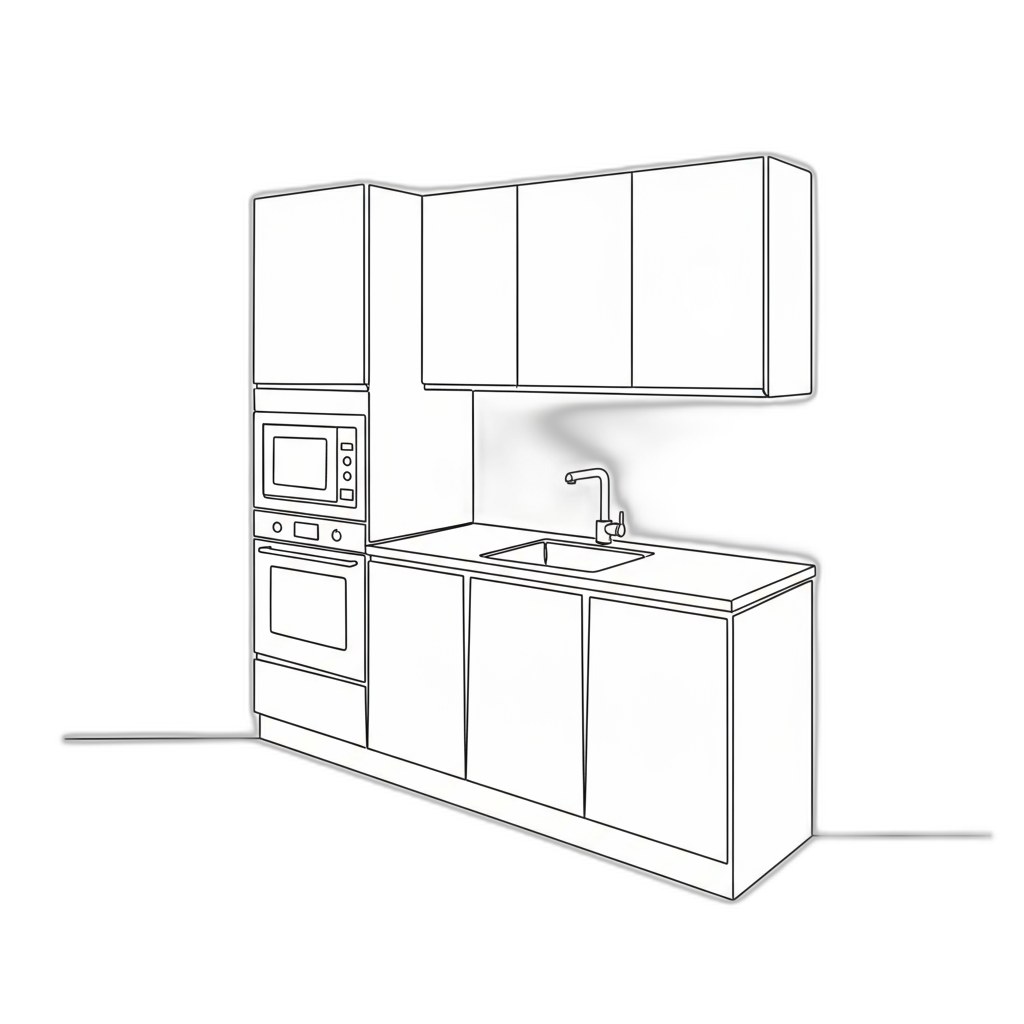
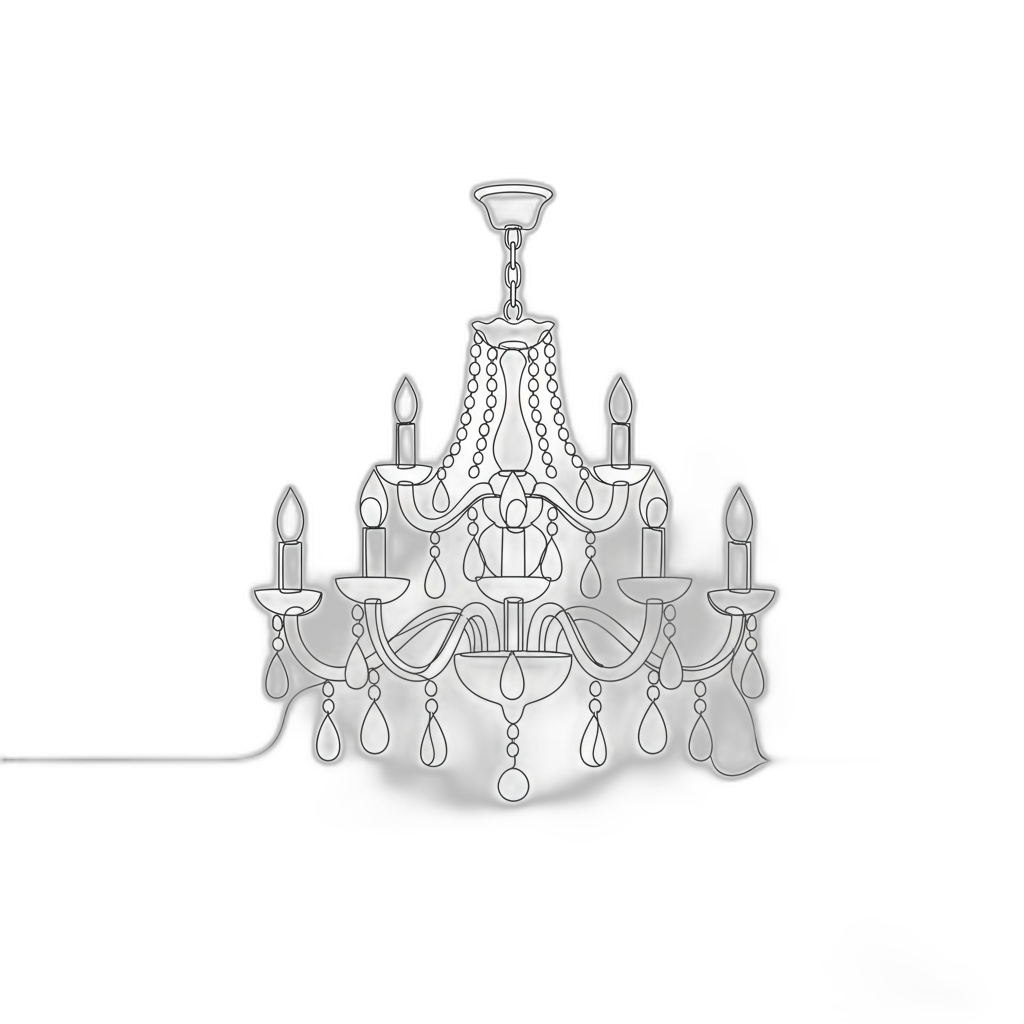
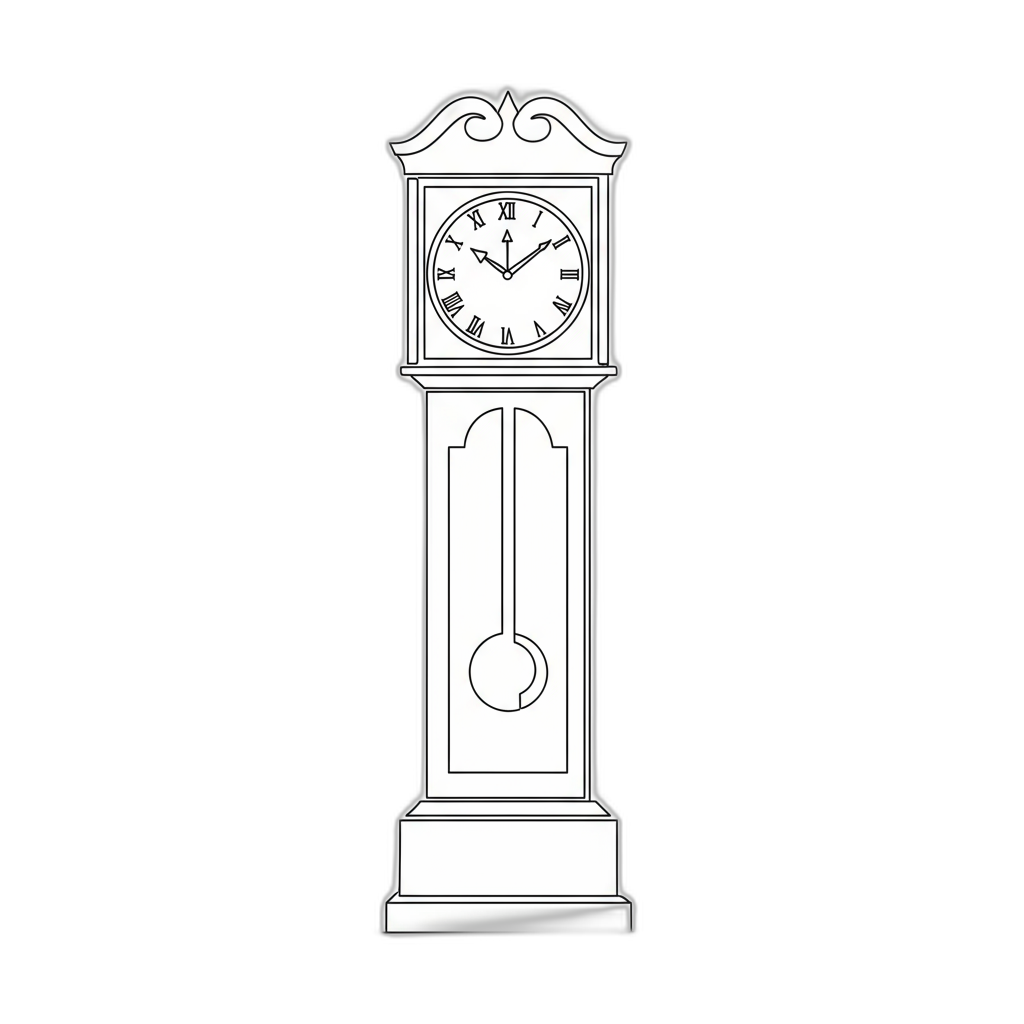
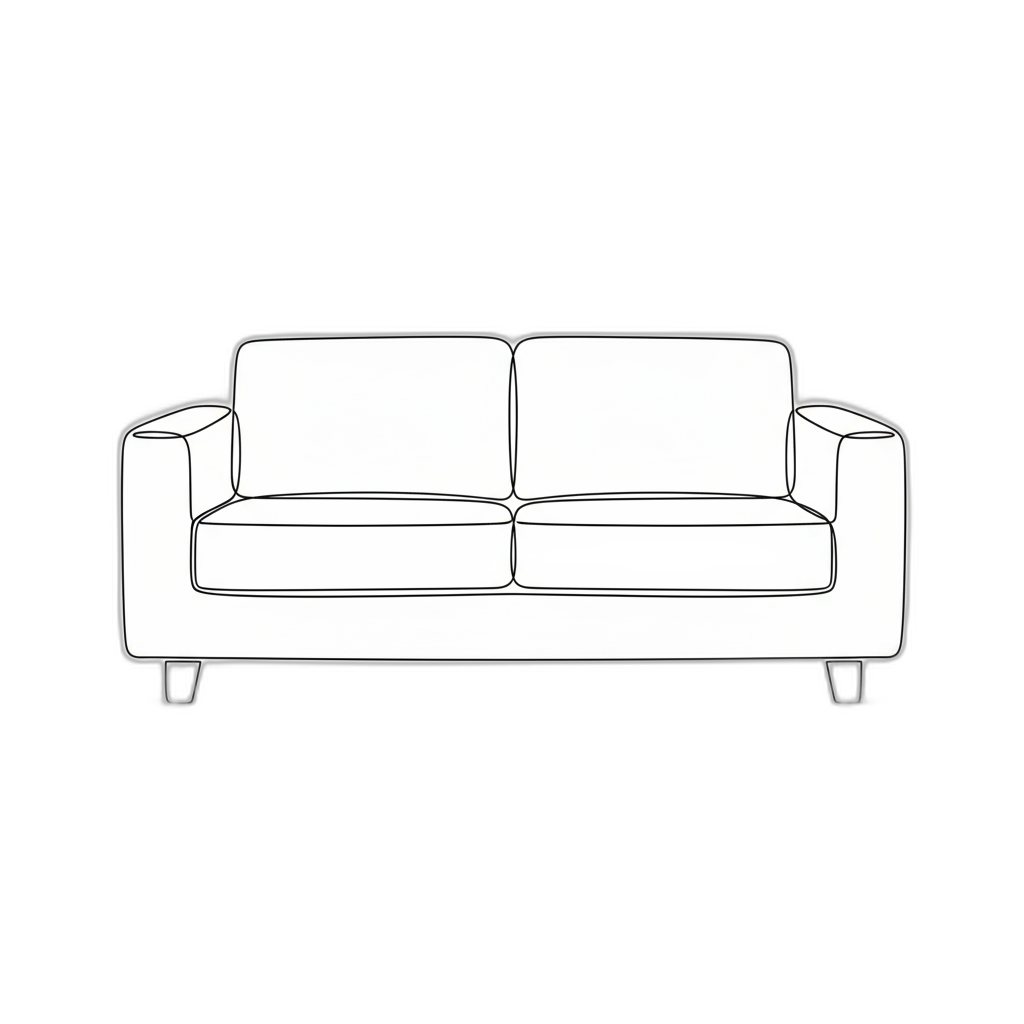



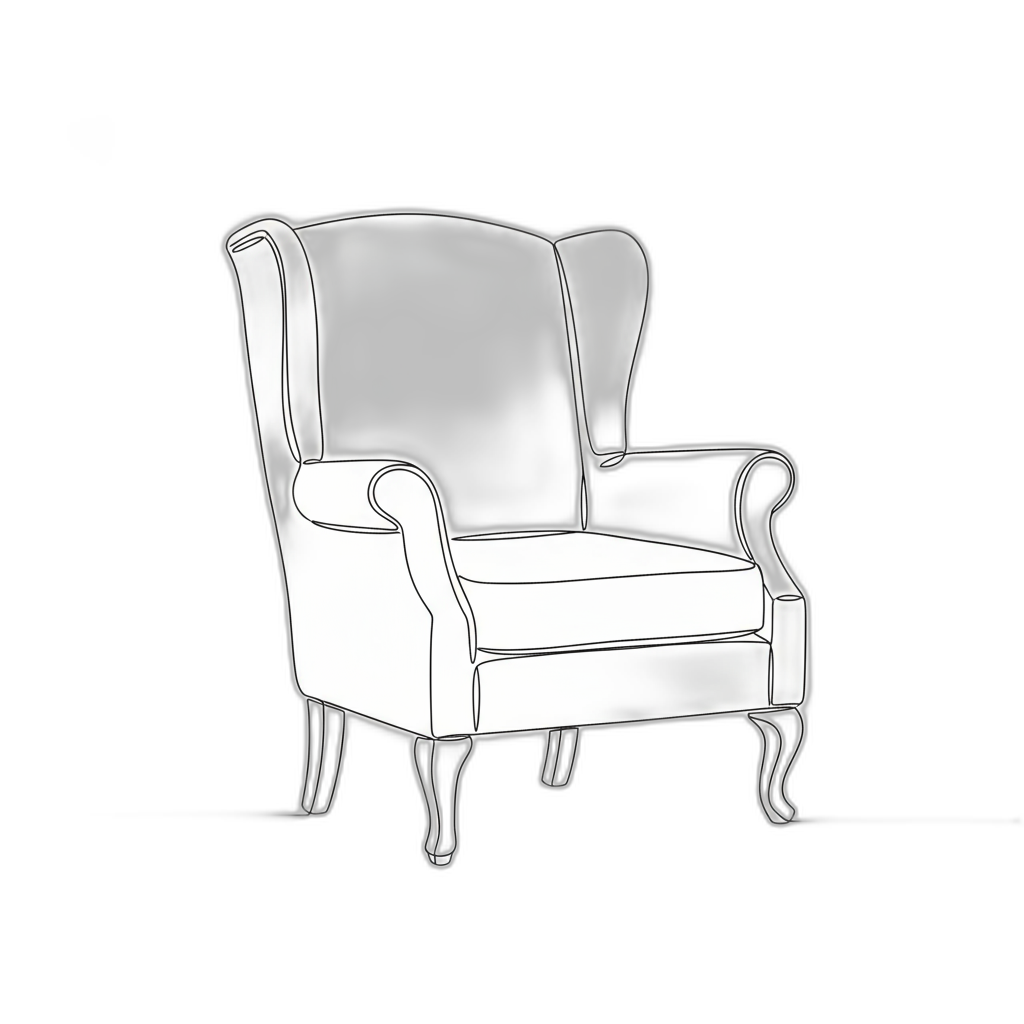

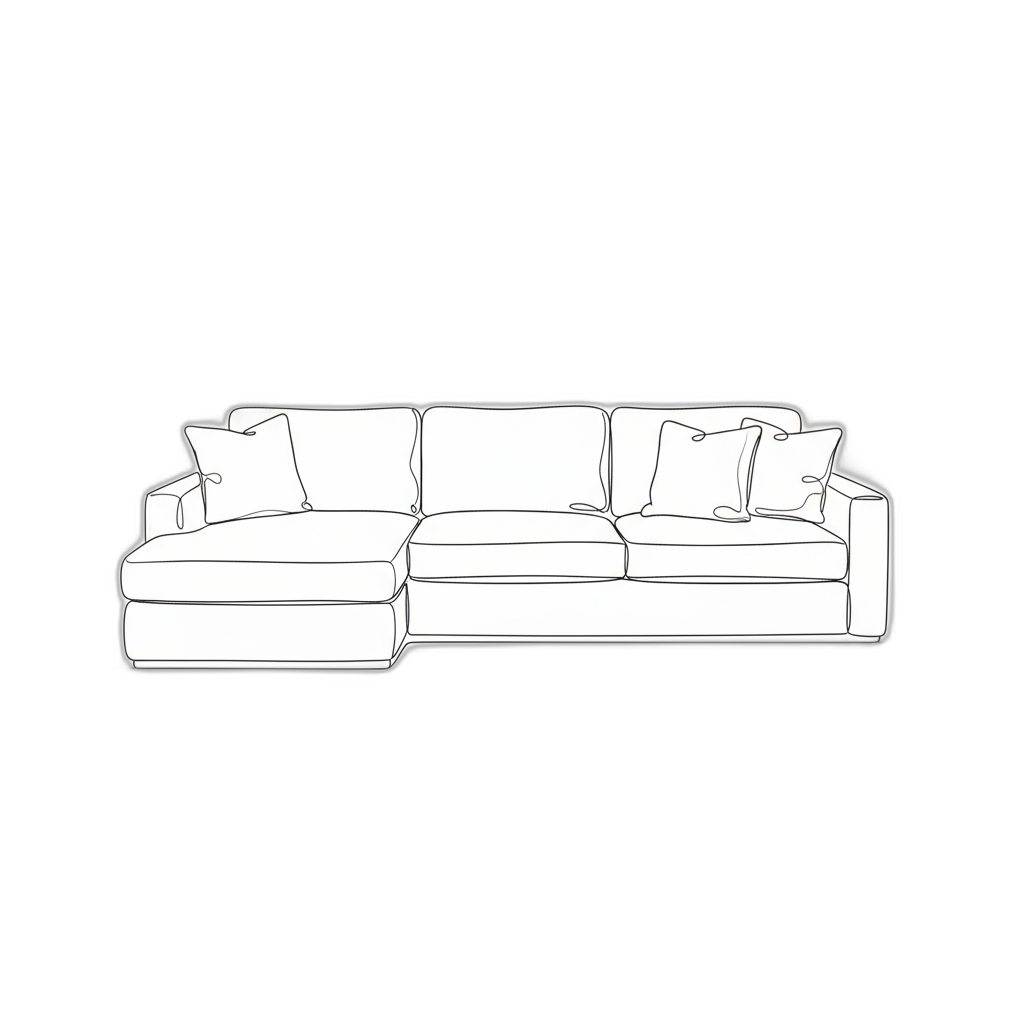
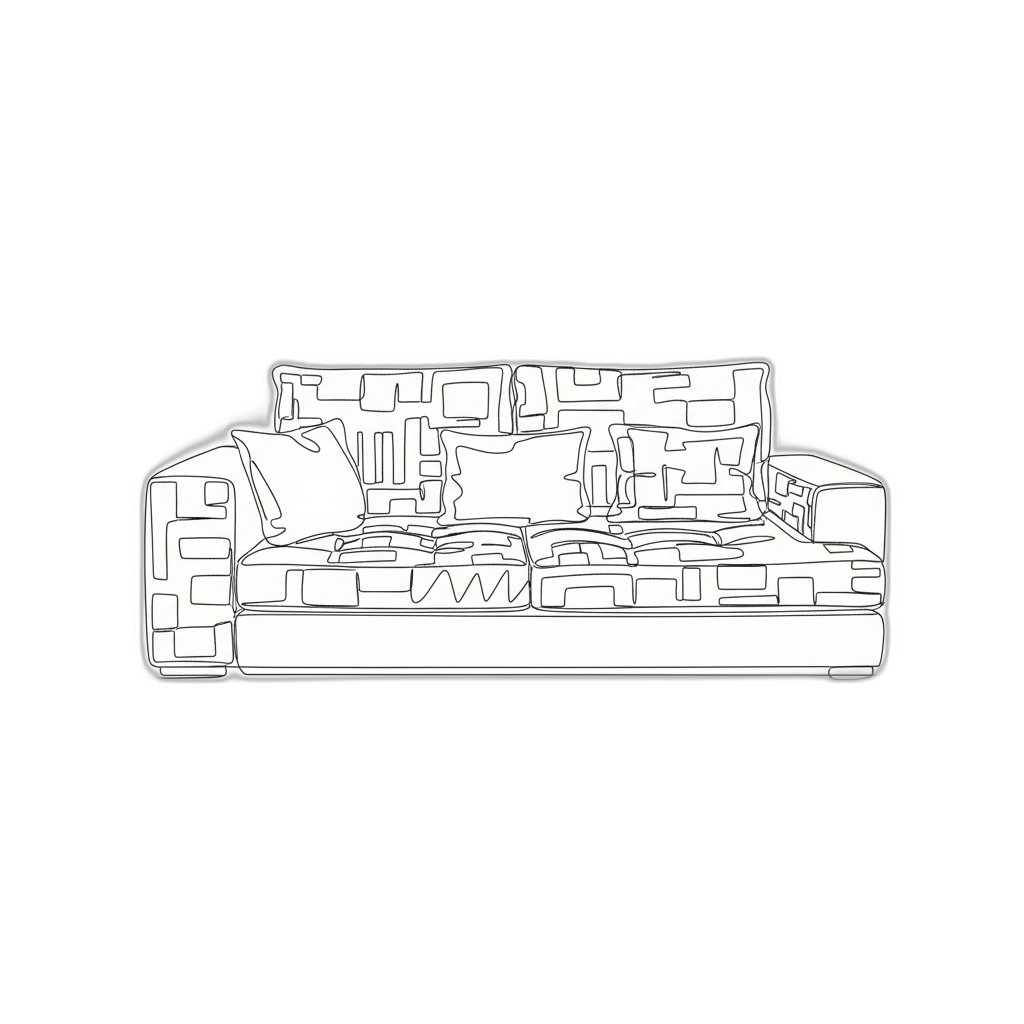


.svg)








